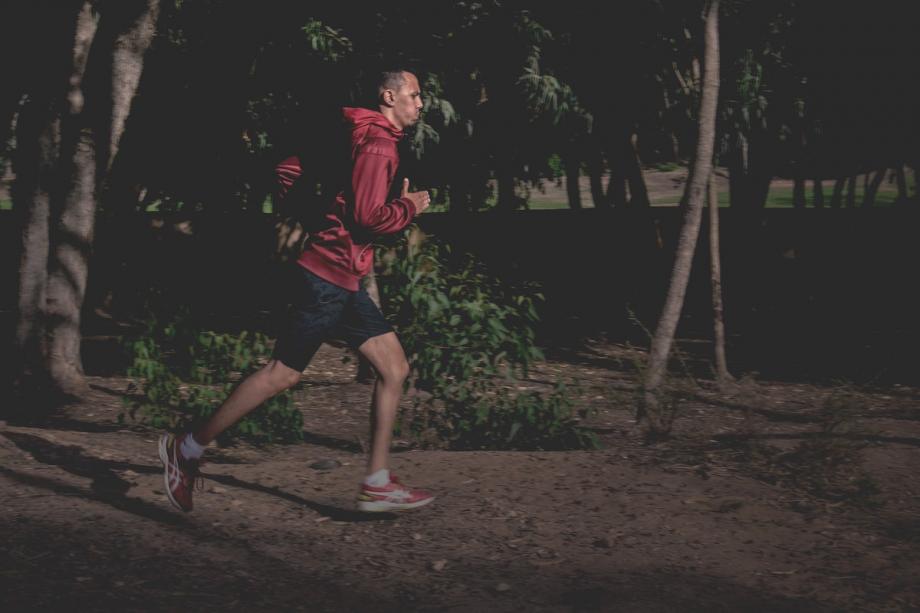Navigating the Night: A Guide to Exercising Outdoors Safely At Night

Walking or running consistently can be great exercise, however, if you choose to exercise in the late evening or at night there are some safety measures you should take. Safety should always be a top priority, and whether you're walking home after work, exercising, or just enjoying the night air, following some simple guidelines can ensure a safe journey. Here are a few tips on how to stay secure while walking at night.
1. Plan Your Route in Advance: Before stepping out, take a moment to plan your route. Stick to well-lit and populated areas, avoiding shortcuts through tracks or isolated places. Having a well-thought-out plan can make a significant difference in your overall safety.
2. Be Visible: Visibility is key to staying safe at night. Wear reflective clothing or accessories, (like the Reflective Sash at Safety Supply Co.) and consider carrying a flashlight or wearing a headlamp to ensure that you are easily seen by motorists and pedestrians alike. Bright colors are also advisable, as they enhance visibility in low-light conditions.
3. Stay Aware of Your Surroundings: While exercising outside at night, it's crucial to stay alert and aware. Avoid distractions such as staring at your phone or listening to loud music. Keep your senses sharp and be attentive to the environment around you. This heightened awareness will help you react quickly to any potential threats or hazards.
4. Use a Buddy System: If possible, walk or run with a friend or in a group. There is safety in numbers, and having company can deter potential threats. If being alone is unavoidable, inform someone you trust about your route and expected arrival time.
5. Trust Your Instincts: Listen to your instincts. If a situation feels uncomfortable or unsafe, change your route or seek help immediately. Trusting your gut can be a powerful tool in avoiding potential dangers.
6. Use Designated Crosswalks: When crossing streets, always use designated crosswalks and follow traffic signals. Be mindful of oncoming traffic, and make eye contact with drivers when possible. Following traffic rules reduces the risk of accidents and enhances overall pedestrian safety.
7. Stay Connected: Keep your phone charged and easily accessible. In case of an emergency, having a functional phone can be a lifeline. Make sure you have important contacts saved, including local emergency services and trusted friends or family members.
8. Be Mindful of Your Valuables: Minimize the risk of theft by keeping valuables such as smartphones, jewelry, and wallets out of plain sight. Use a crossbody bag or a backpack with zippers to secure your belongings.
By planning your route, being visible, staying aware of your surroundings, and employing personal safety measures, you can significantly reduce the potential risks associated with nighttime strolls. Prioritize your safety, trust your instincts, and embrace the tranquility of the night with confidence.
Blog Articles
Check out more articles
Battling Workplace Complacency: Igniting a Culture of Continuous Improvement
In every workplace, there's an ever-present danger lurking in the shadows: complacency.
View MoreClearing the Air: Understanding Dust Hazards in Construction
In the bustling world of construction, dust might seem like a trivial nuisance, easily swept away with a broom or a gust of wind.
View MoreRespirators: An Important Measure to Long-Term Personal Safety
The proper use of respirators stands as a critical component in safeguarding individuals from harmful airborne particles and contaminants.
View More



